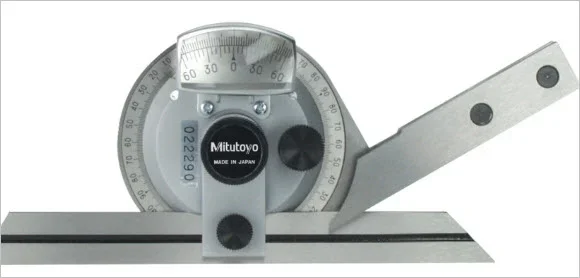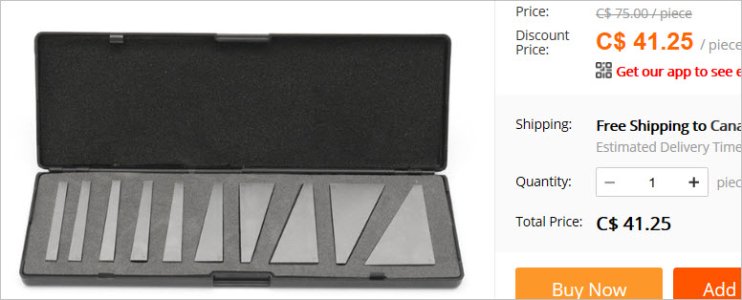jmottle
Member
So I purchased a Mitutoyo bevel protractor off Kijiji today. Saved about $225 off retail, so thought it was worth it. The fine adjustment gear did not work but I managed to fiddle with it to get that working. I think it's off by about half a degree in accuracy using some gage blocks and the edge of my precision vice to test, but I'm not sure. Any thoughts on how I get this re-calibrated and get the the acute angle attachment? Is there anyone local (Calgary) that can do this or does it have to be shipped back to Mitutoyo?
Thanks!
Thanks!
Last edited:




